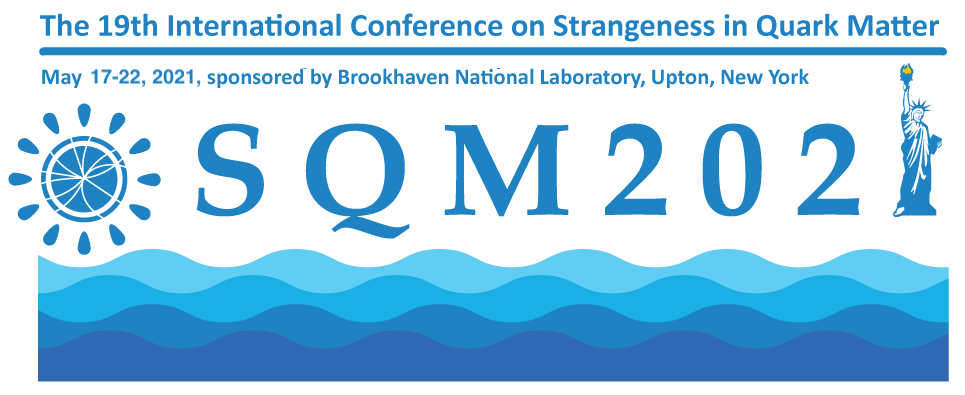Speaker
Description
Particle production and anisotropic flow measurements have been used to investigate the properties of the QCD matter produced in heavy ion collisions.The RHIC Beam Energy Scan program covers a wide range of energies, including the transition from a partonic dominated area to hadronic dominated area. Of particular interest is the high baryon density region which is accessible through production and collective flow measurements of particles including strange hadrons (kaons, $\phi$, $\Lambda$ etc) in the STAR fixed-target program.
In this talk, we will report on our first measurements of identified particle ($\pi$, $K$, $p$, $K_{s}^{0}$, $\Lambda$, $\phi$) production and anisotropic flow ($v_{1}$, $v_{2}$) in Au+Au collisions at $\sqrt{s_{\rm{NN}}}$ = 3 GeV. The data were taken in 2018 by the STAR experiment with the fixed target configuration. After correcting for the detector acceptance and tracking efficiencies, invariant yields and rapidity density distributions of $\pi$, $K$ and $\phi$-mesons as well as the directed/elliptic flow of $\pi$, $K$, $p$, $K_{s}^{0}$, $\Lambda$, $\phi$ will be presented. The charged particle ($\pi$, $K$) production is analyzed with a thermal model to study the temperature and potential at chemical freeze-out. The $\phi$-meson production is compared to the thermal and transport model calculations to study the strangeness production, and particularly to test and constrain canonical ensemble calculations. In addition, the transverse momentum ($p_{\rm{T}}$), rapidity ($y$) and energy ($\sqrt{s_{\rm{NN}}}$) dependence of the $v_{1}$ and $v_{2}$ will be presented and compared to the UrQMD calculations. These results imply that the matter produced in the 3 GeV Au+Au collisions is considerably different from those at higher energies.
| Collaboration | STAR Collaboration |
|---|
